Five years ago, the Fife Regatta took place off the west coast of Scotland.
Scotland has a proud history of sailing. At the beginning of the 19th century William Fife, son of John Fife a mill and cartwright, began building fishing boats and trading craft on the foreshore at Fairlie.
An excellent craftsman, keen to build more refined sailing boats, he was advised to read Steele’s Naval Architecture by a client, James Smith of Jordanhill. As a result he built his first large yacht, Lamlash in 1812.
This was the year when Henry Bell launched his steam paddle ship, the Comet. Two years later William Fife had built Industry, a steam paddle ship commissioned by a group of businessmen from Beith. She was so successful that he was asked to build more but he declined, saying that he wanted to build sailing boats, which were “fast and bonnie”.
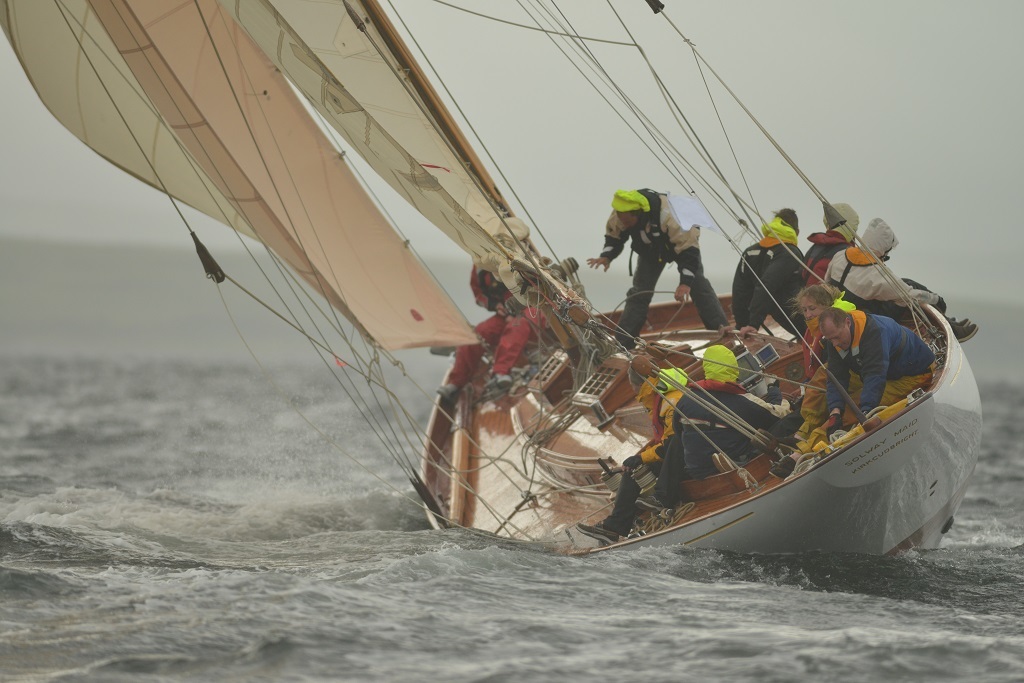
Photo: Angus Blackburn
William’s boats were built in the open on the foreshore, which he rented from the Earl of Glasgow. At first there was only a sawpit and a small blacksmith’s smithy.
At that time there was no demand for pleasure yachts and William handed that side of the business over to his son William when he became eighteen. The first William continued to build fishing and trading vessels but the second William had a hard time until 1849 when he built Stella and from then on the yard began to build mainly yachts.
The Industrial Revolution had given rise to an affluent class of people who turned their attention to pleasure yachts and yacht racing. The second William Fife, already in business, was in a position to benefit from this development and sudden demand for yachts.
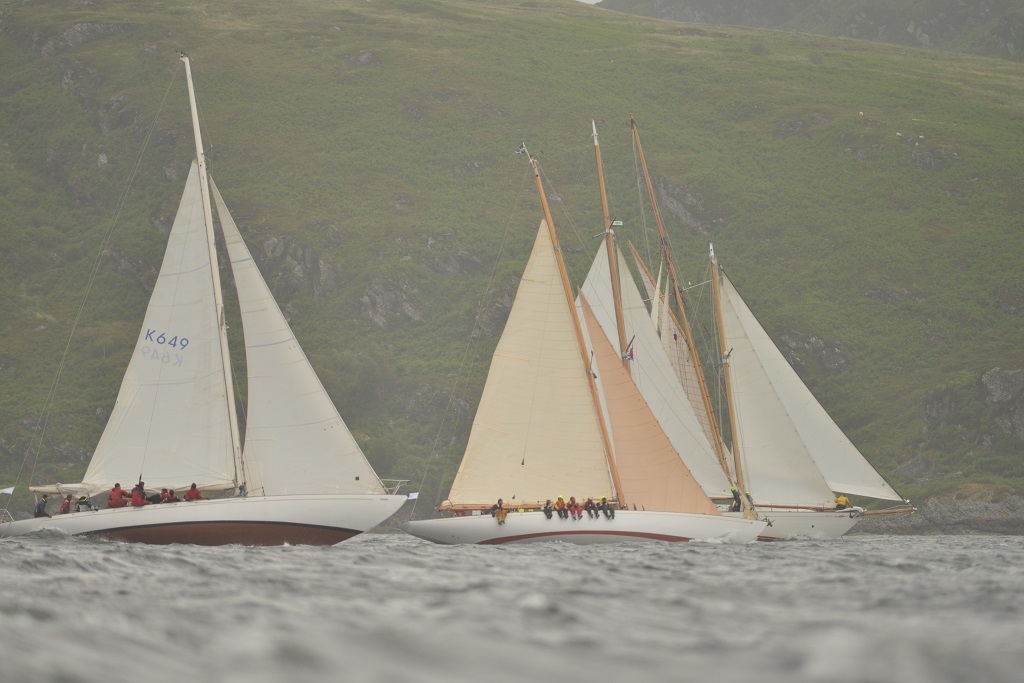
Photo: Angus Blackburn
He increased the output from the yard and made the name famous wherever there was a gathering of yachts. The success of the yard was not only due to the fact that he could design beautiful and fast yachts, the villagers of Fairlie were also superb craftsmen and the two together were responsible for the reputation of Fife-built yachts.
The first and second William Fifes had natural genius, were craftsmen in their own right and knew how to get the best out of a boat when sailing. The third William Fife came to an already well-established business with a worldwide reputation.
The third William Fife had a more formal training than his father and grandfather but the spark of genius had been passed on to the third generation.
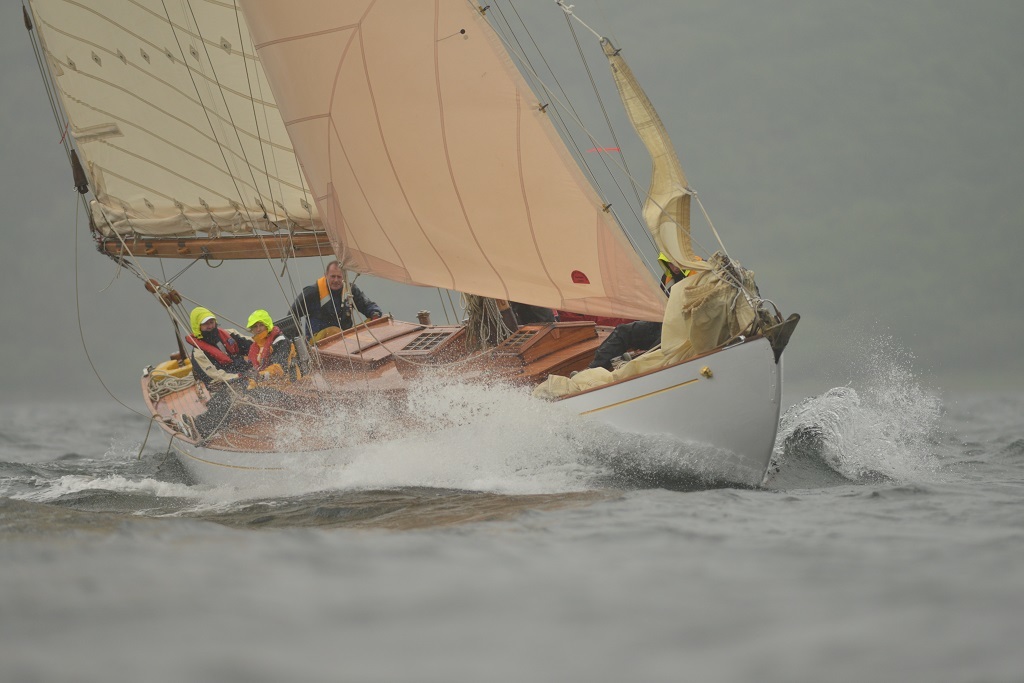
Photo: Angus Blackburn
In 1885 he joined his father in partnership of the yard. After his apprenticeship he had spent some time in the yard of James Fullerton of Paisley where he learned about composite construction. He was then appointed manager of the Culzean Shipbuilding Company founded by the Marquis of Ailsa. Both William Fife Senior and Willliam Fife Junior had shares in the company.
The second William Fife died in 1902 and by this time the yard took up a large part of the foreshore and was fully under cover. There was acetylene lighting, woodworking machinery, lead founding, brass founding and iron founding. Instead of importing American hollow spars the yard made their own.
The third William Fife is probably the most famous of them all and is remembered for his designs for Sir Thomas Lipton’s America’s Cup challengers Shamrock I and Shamrock III and the 23Metre Shamrock, his designs for the metre classes especially the 6Metres, various one-design classes, many beautiful cruising yachts and ocean racers. He died in 1944 and his nephew Robert Balderston sold the business after the Second World War.
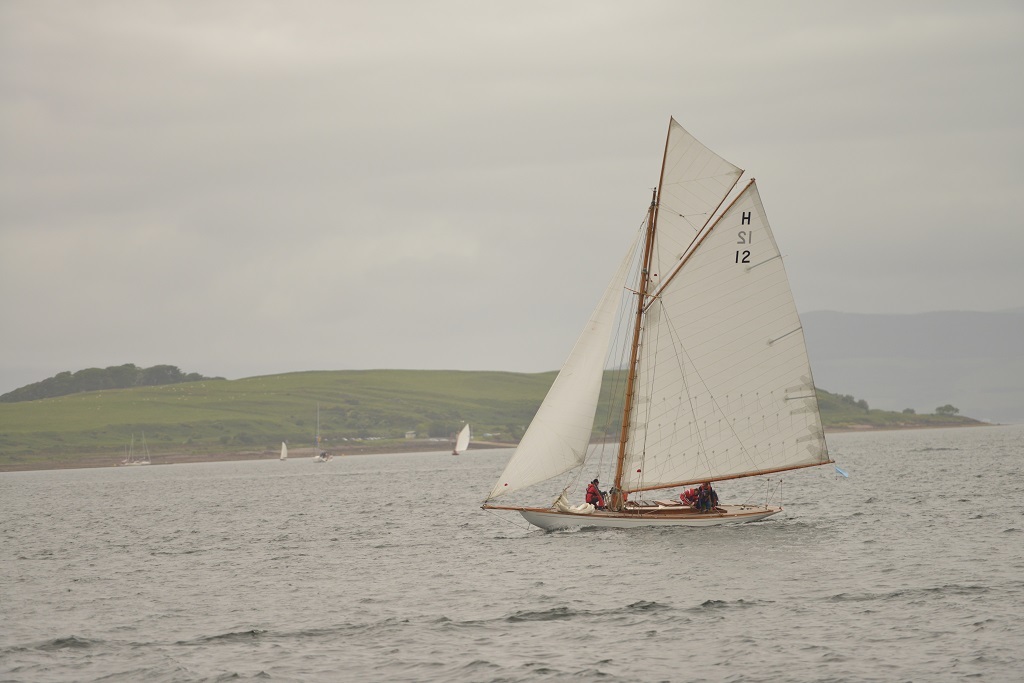
Photo: Angus Blackburn
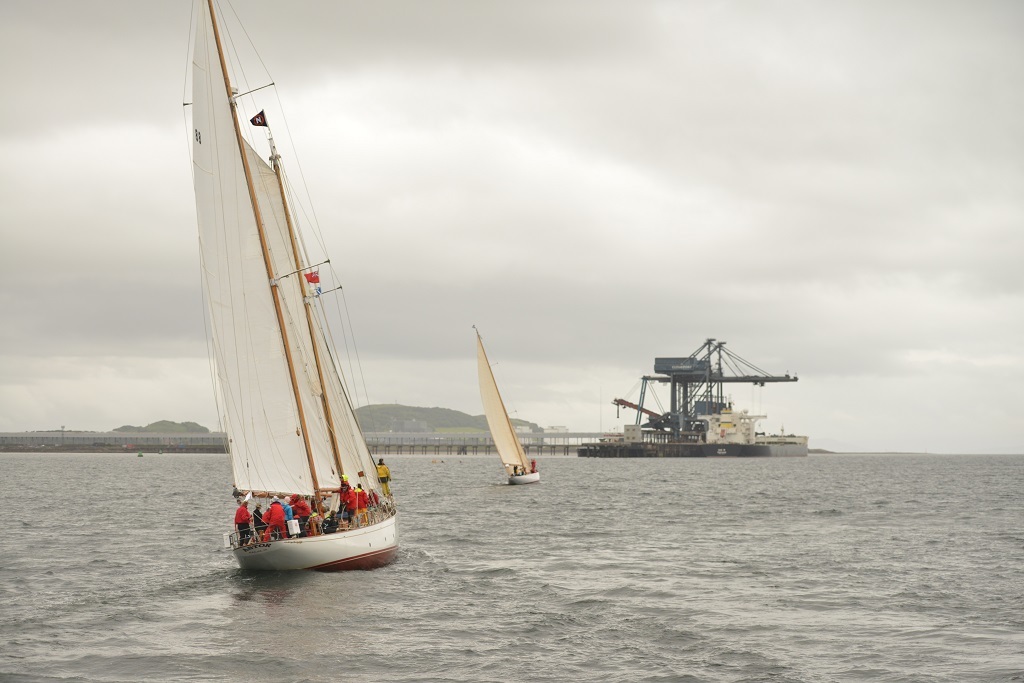
Photo: Angus Blackburn
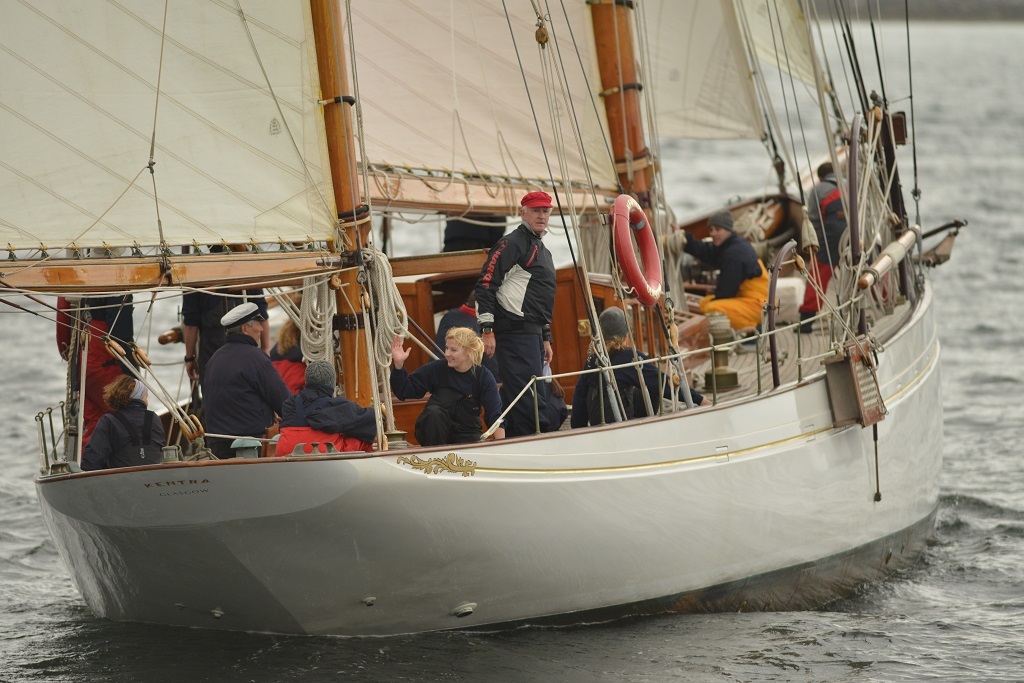
Photo: Angus Blackburn
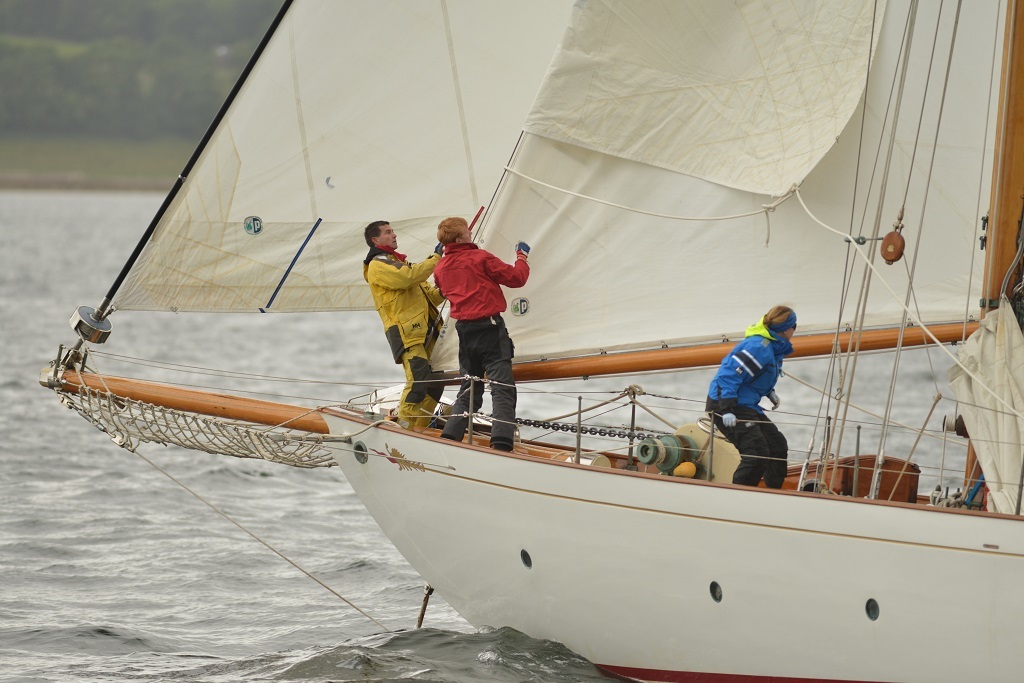
Photo: Angus Blackburn
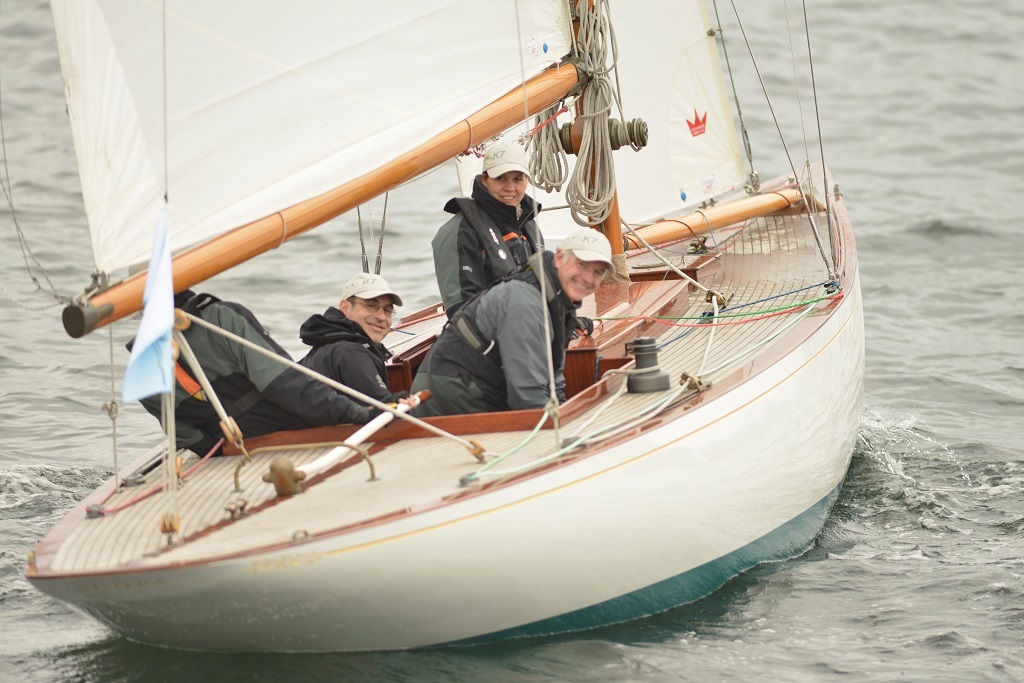
Photo: Angus Blackburn
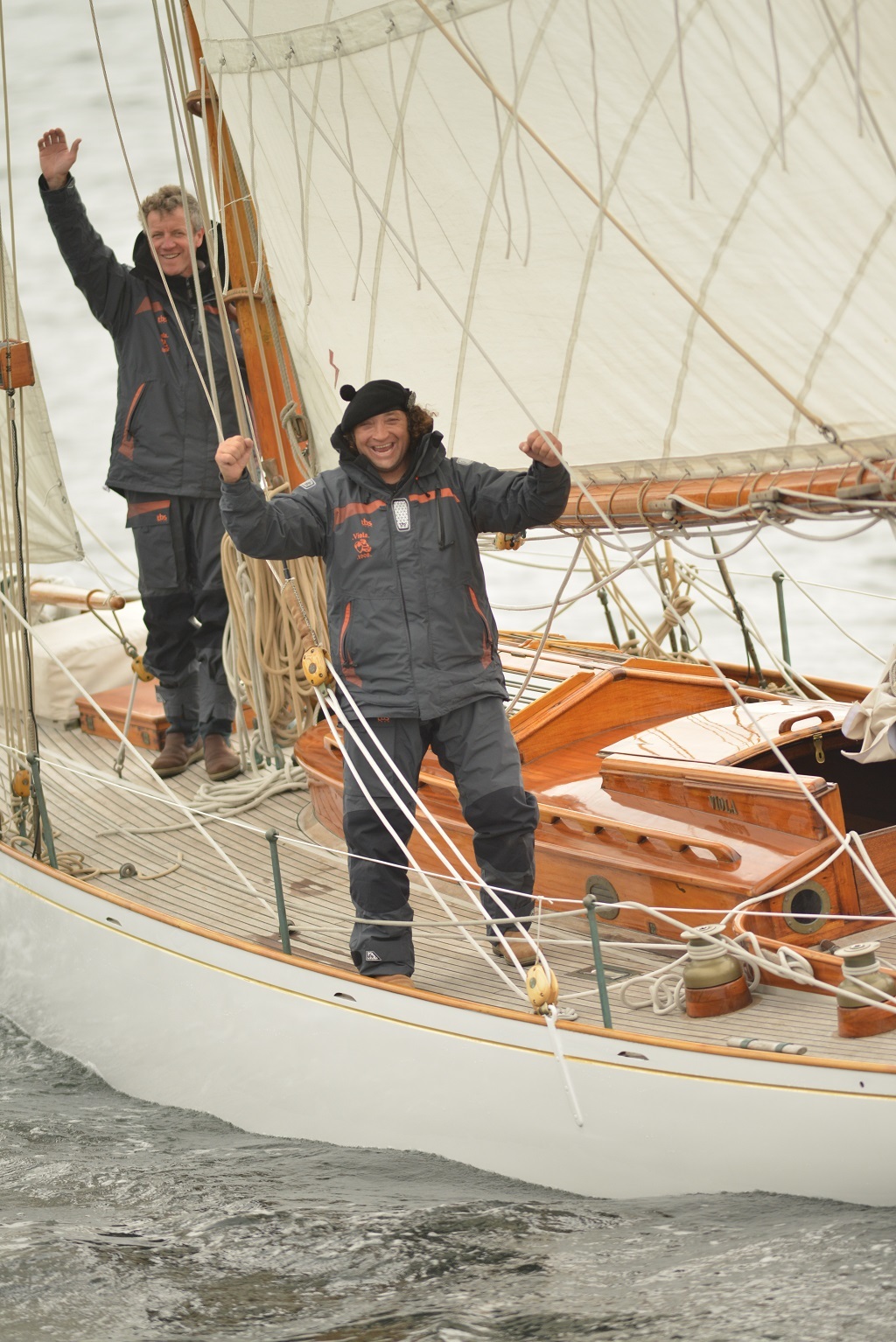
Photo: Angus Blackburn
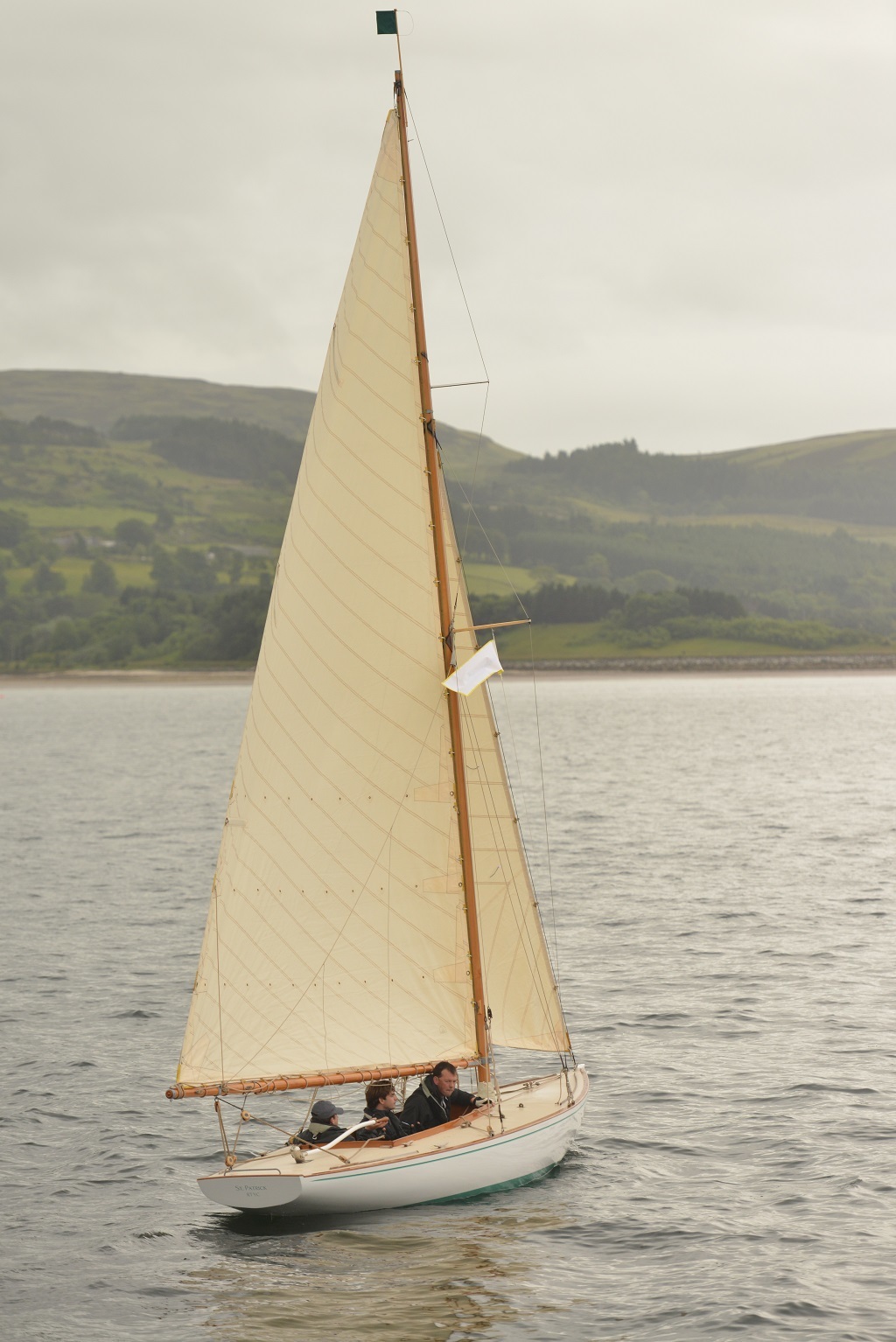
Photo: Angus Blackburn
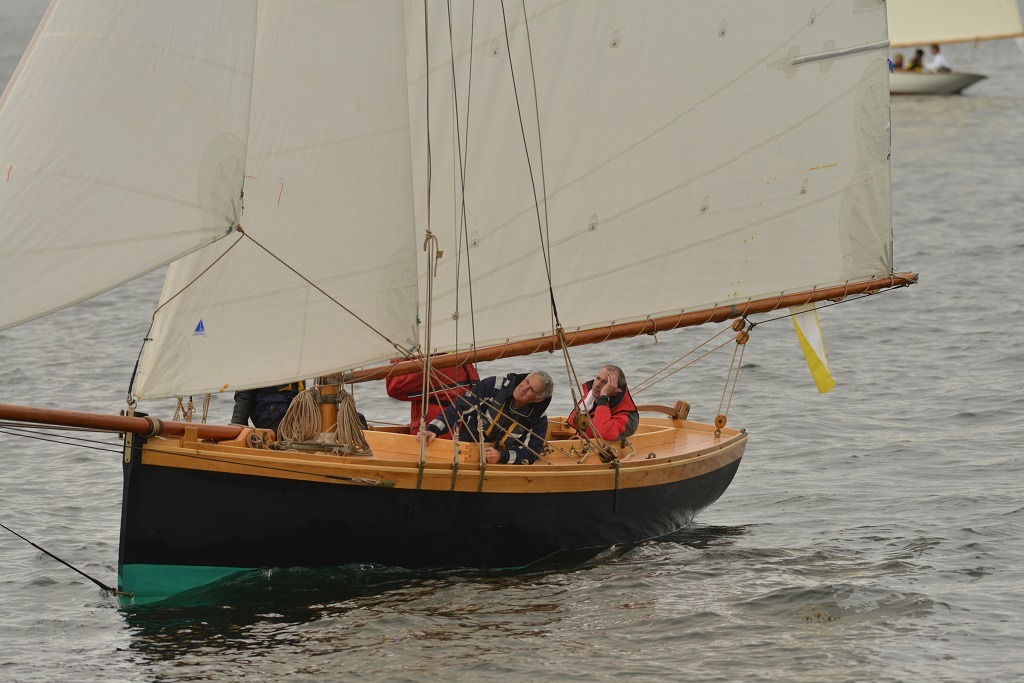
Photo: Angus Blackburn
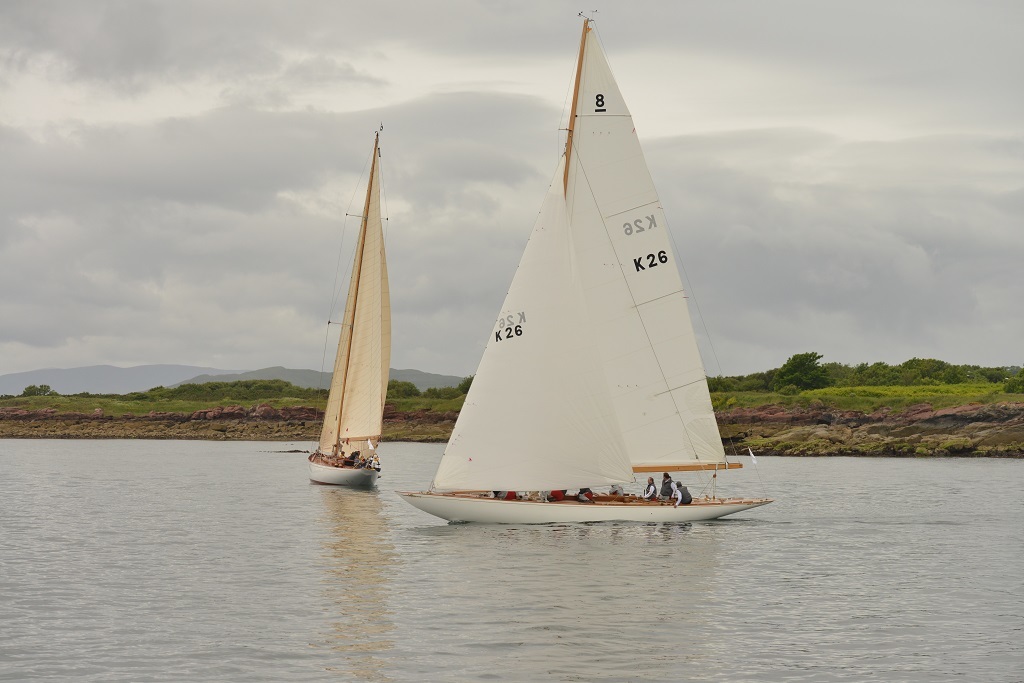
Photo: Angus Blackburn
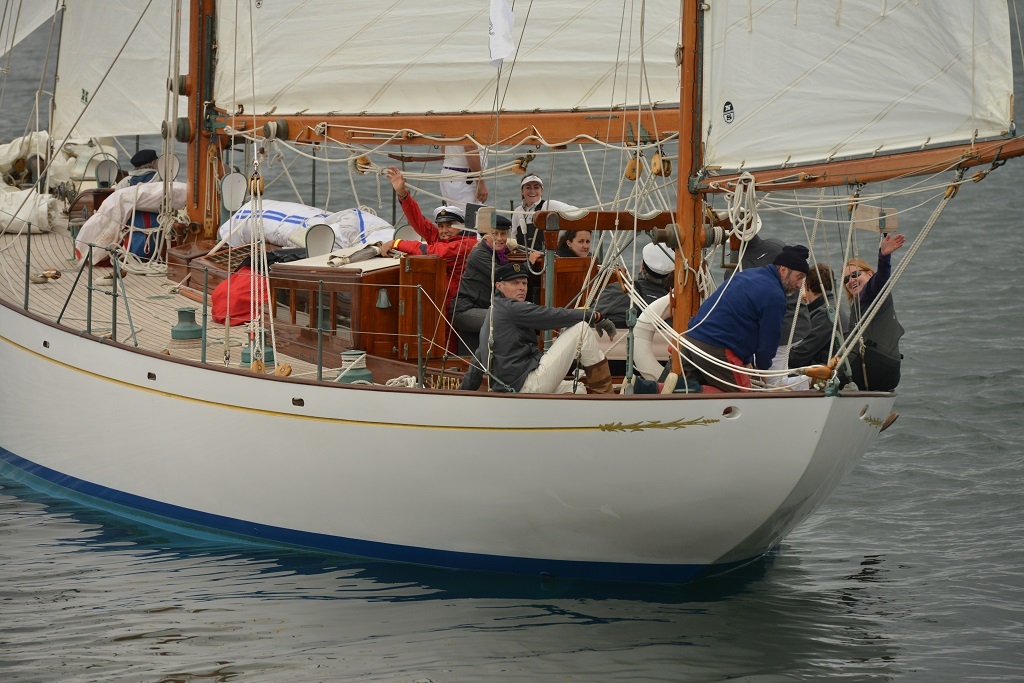
Photo: Angus Blackburn
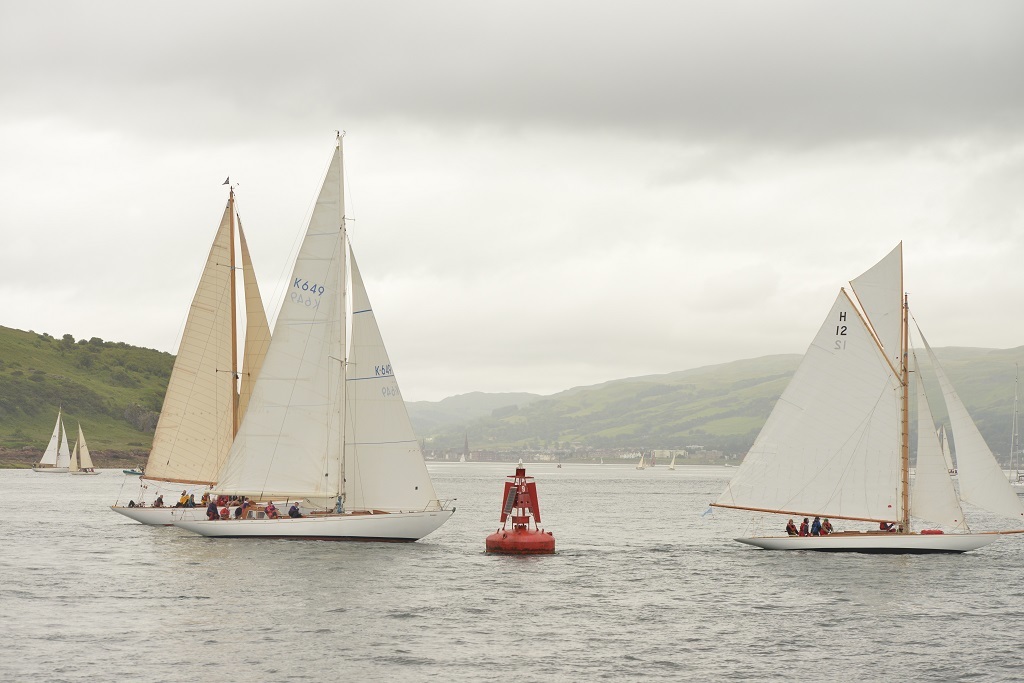
Photo: Angus Blackburn
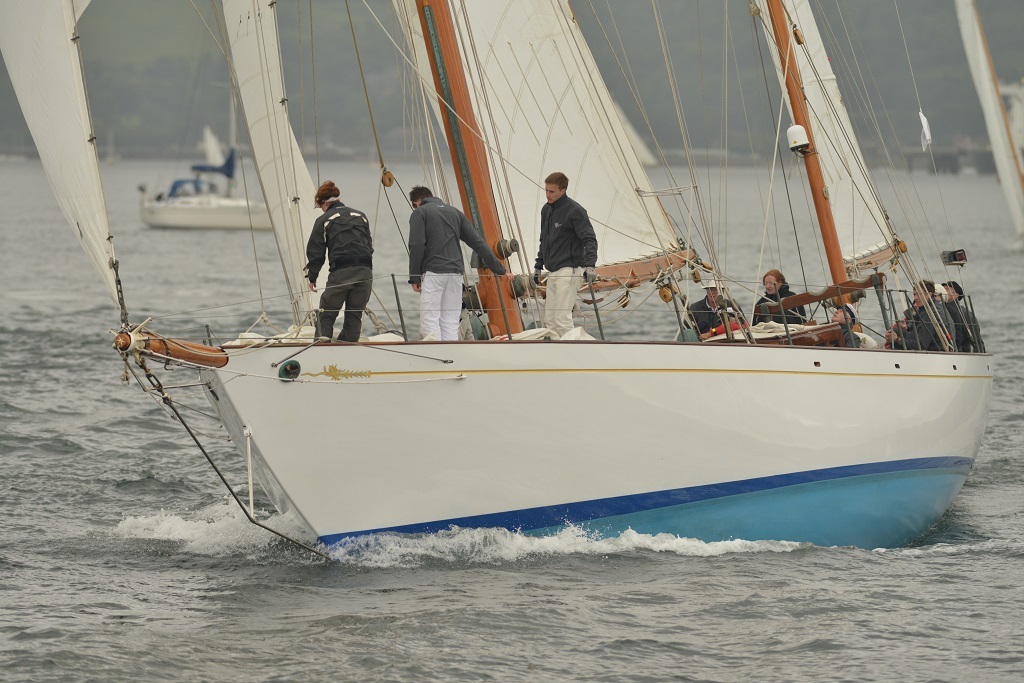
Photo: Angus Blackburn
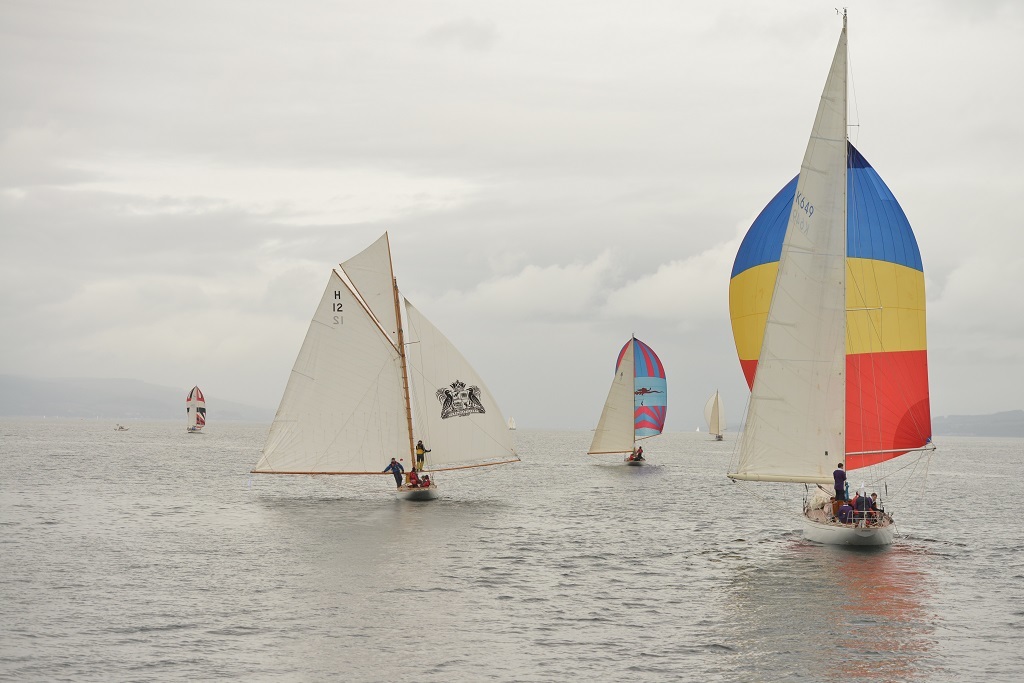
Photo: Angus Blackburn
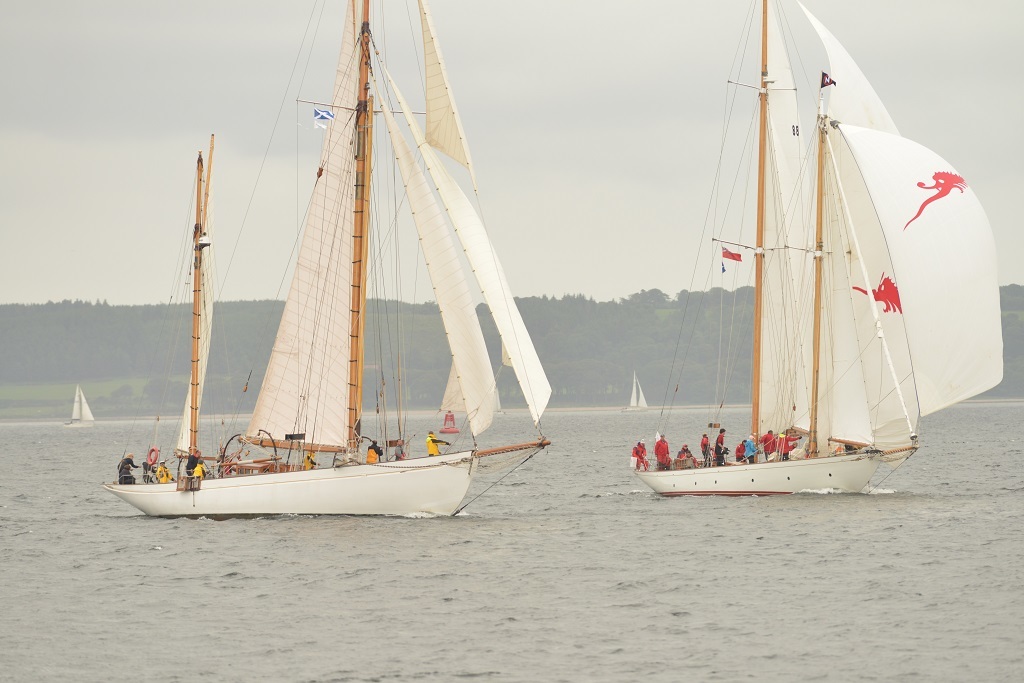
Photo: Angus Blackburn
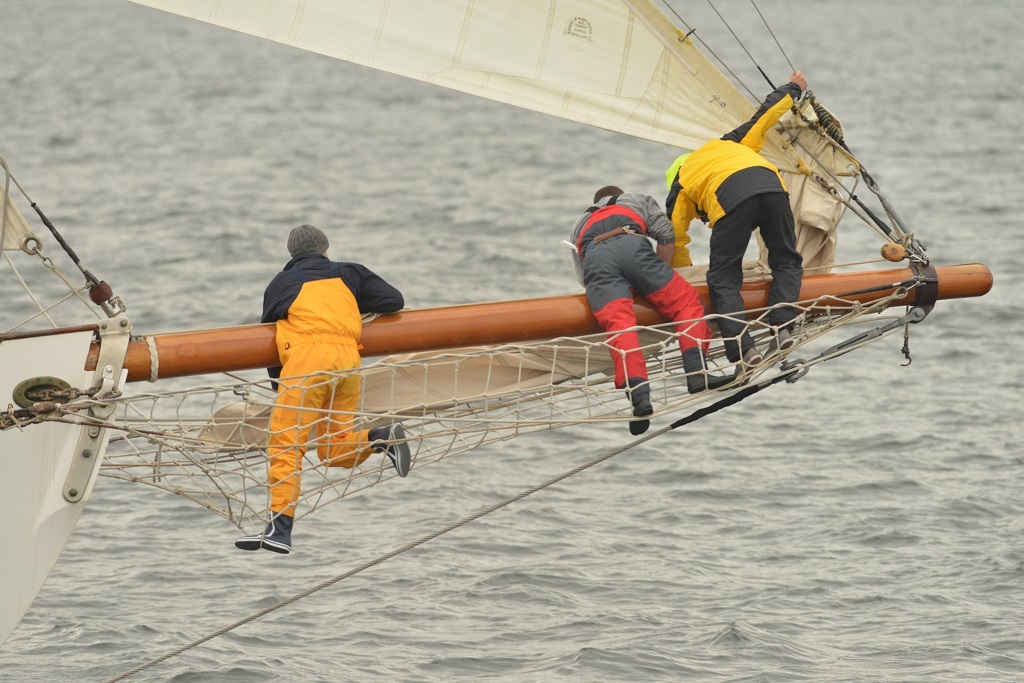
Photo: Angus Blackburn
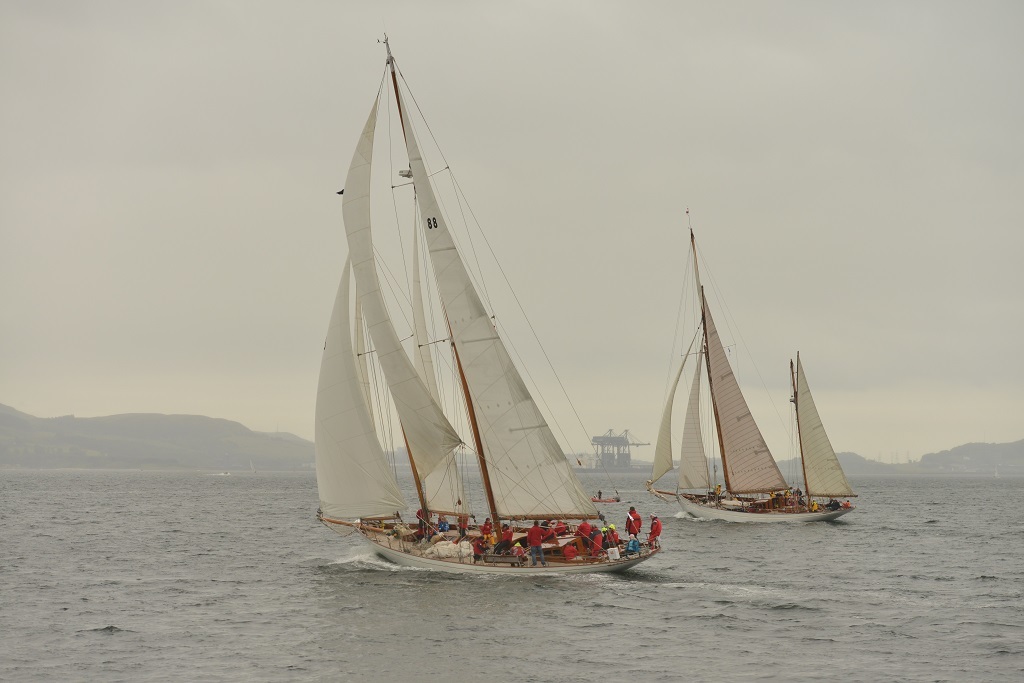
Photo: Angus Blackburn
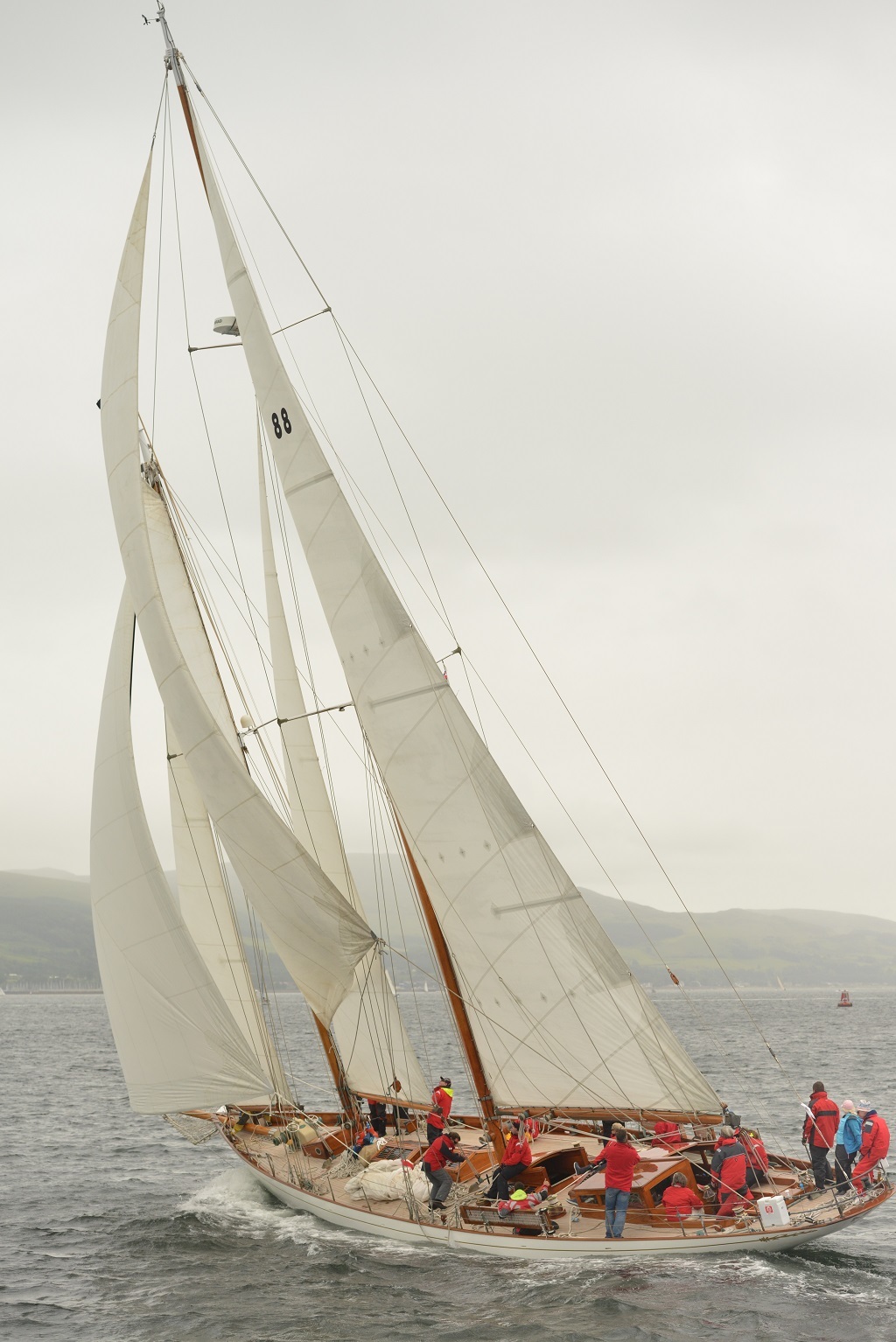
Photo: Angus Blackburn
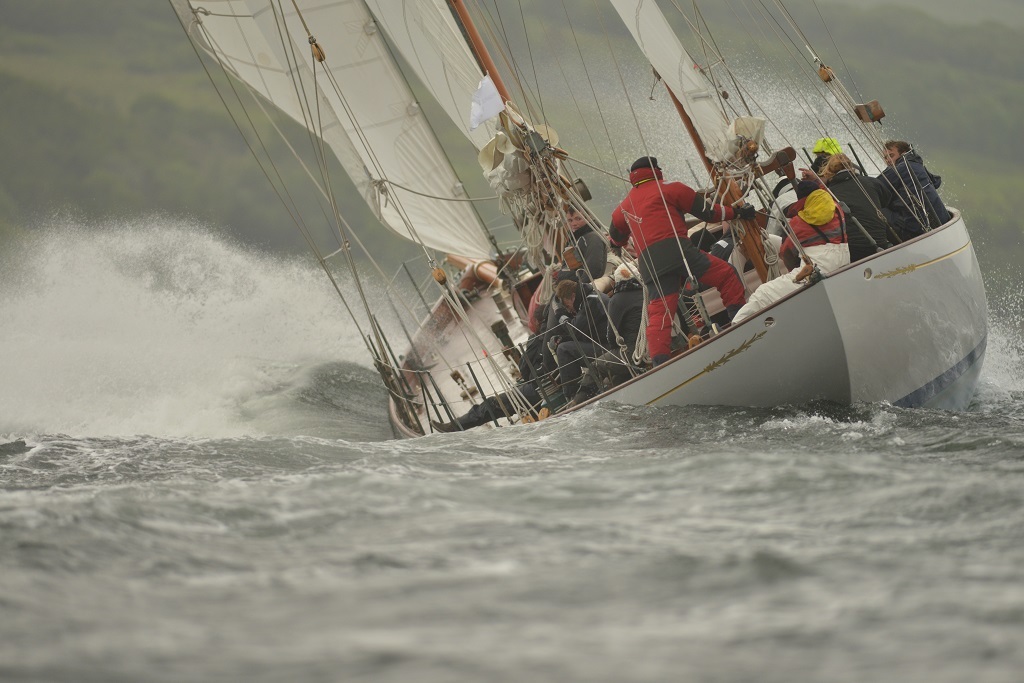
Photo: Angus Blackburn
TAGS

